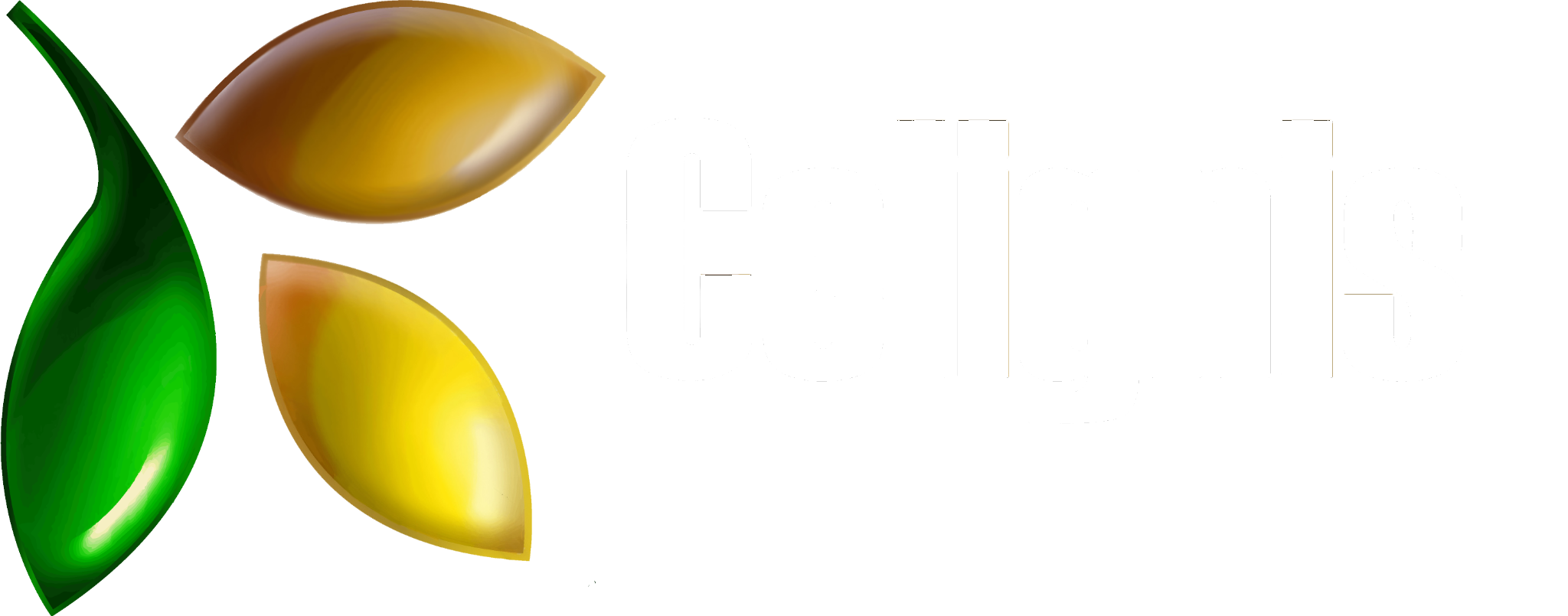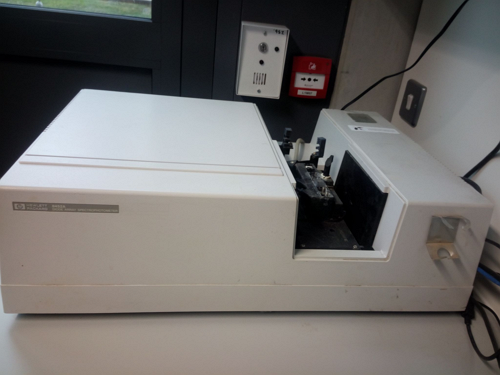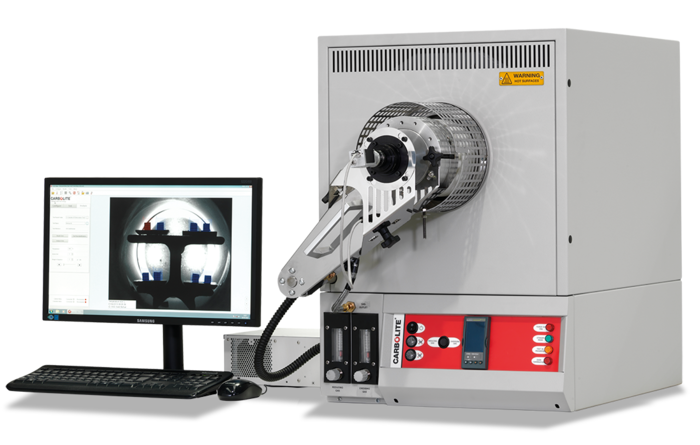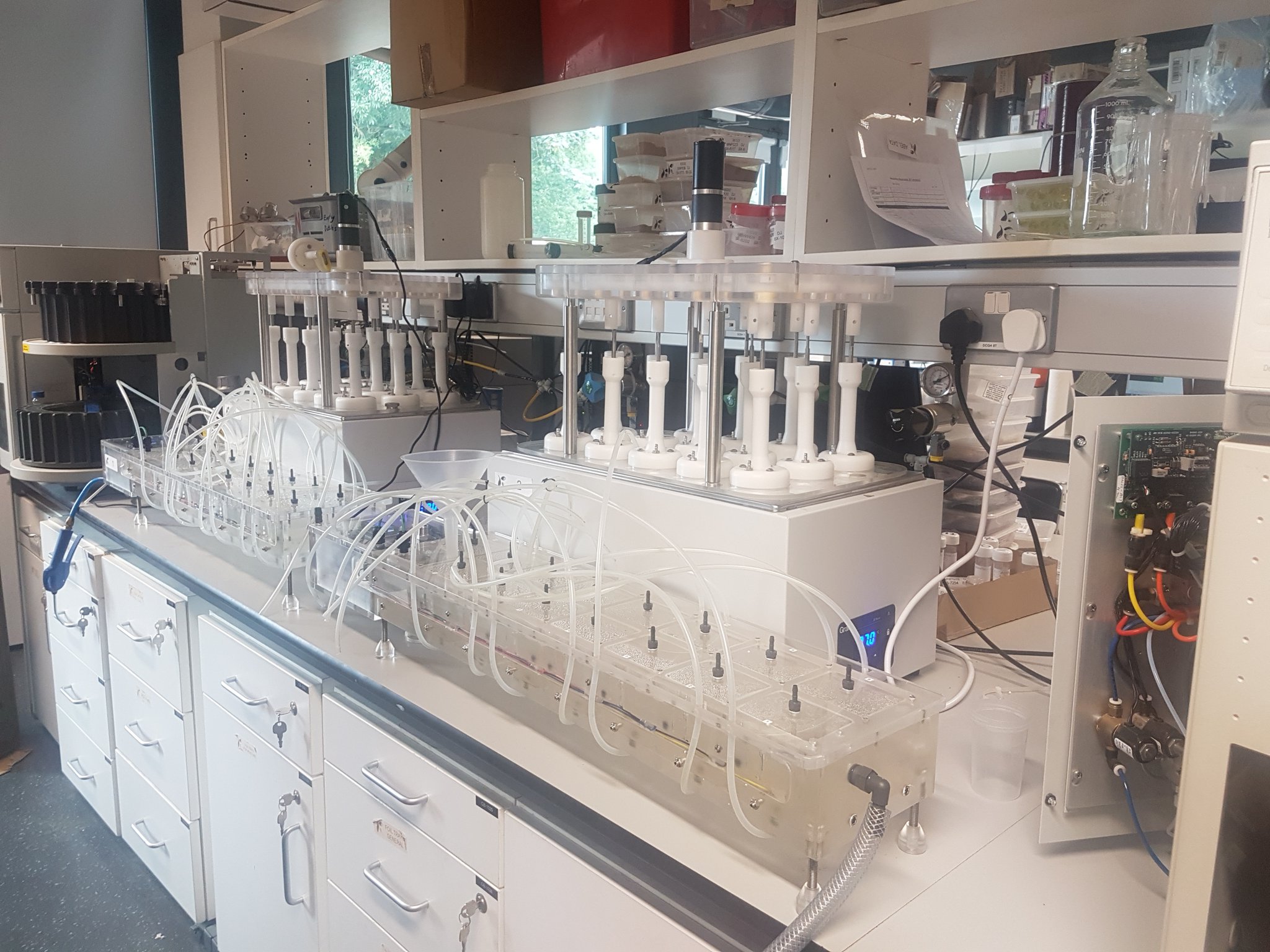Equipment UV-Vis Spectrophotometer
Background
Ultraviolet (UV) is the section of the electromagnetic spectrum whose frequencies are above those of visible light but less than that of X-rays, with wavelengths ranging from 10 nm to 400 nm. UV radiation can be subdivided into Near-UV (200-400 nm) and Vacuum UV (10-200 nm). Vacuum UV is so-called because oxygen is highly absorbant of light at these wavelengths; hence either air or oxygen must be removed in order to utilise this region of the spectrum for analytical purposes.
While near infrared radiation is of sufficient energy to cause atoms within a molecule to vibrate, it does not have the energy required to cause electrons to change their orbital locations. Radiation in the UV-Vis region is, however, capable of achieving this for some of the bonds of molecules.
In order for electrons in the stronger σ bonds to be elevated to an excited state, light of wavelengths less than 200 nm, e.g. vacuum UV radiation, is required. However, Near-UV-Visible radiation can result in the excitation of π bond electrons and in the excitation of non-bonding (n) electrons to the excited antibonding π state, i.e. π*, or in their promotion to the non-bonding π* orbital. An n to π* transition usually occurs in molecules that contain a heteoatom (i.e. not carbon or hydrogen) as part of an unsaturated system (e.g. the carbonyl band at around 270 to 295 nm).
The absorbance bands that are seen for the excitation of electrons from a lower to higher energy level are narrow for atoms but in molecules the change in electronic energy is accompanied with a corresponding change in the vibrational and rotational energy levels and, since there are a large number of possibilities for these energy changes, the absorption spectra become much broader.
A chromophore is defined as a group in a molecule that has an absorbance in the wavelength region 185-1000 nm. The wavelengths of the absorptions of these chromophores, and their extinction coefficients, can be greatly influenced by the presence of other chemical groups in the molecule, with such influencing groups being known as auxochromes. For instance, groups that possess unshared electrons (e.g. amines, hydroxyl) have the ability to donate electrons to the conjugated system and therefore tend to have a bathochromic effect (shifting to longer wavelength) since this delocalisation will mean that less energy will be required to promote one of these electrons to the excited state. Auxochromes also tend to increase the molar absorptivity of chromophores.
Our UV Instrument
We use an Agilent HP 8452A diode array spectrophotometer. It is a single beam unit that can analyse liquids, via transmission spectroscopy, over the wavelength region 190-510 nm. It has a bandwidth of 2 nm, a wavelength accuracy of +/- 2 nm and a photometric accuracy at 1 Absorbance Unit of +/- 0.005 nm.
This instrument uses a deuterium lamp which provides good intensity over the UV and over part of the visible spectrum. It has a (silicon-based) photodiode array as its detector system. In a photodiode the light that falls on the semiconductor material results in electrons flowing through it which depletes the charge in a capacitor connected across it. The amount of charge that is needed to recharge the capacity will be a function of the light intensity. When a series of these photodiodes are arranged together they form a photodiode array (PDA).
The HP8452A does not disperse the light prior to its interaction with the sample. Instead, after passing through the sample and an entrance slit to the detection module, the transmitted light is dispersed with a holographic grating so that the different wavelengths will fall upon different photodiodes and a full spectrum of the sample can be obtained for every wavelength simultaneously. The diode array configuration allows for a spectrum to be collected in 0.1 seconds. The standard set-up we employ uses a 0.5 second measurement time over which the average responses of each diode over this period were taken to form the spectrum.
In contrast to our FOSS XDS NIR instruments, there are no moving parts in the HP8452A (except for the shutter and cooling fan) and, since only light incident with the source-emitter can pass through the entrance slit to the polychromator, interference from ambient light is not an issue.
A 1 cm path-length UV-grade quartz cuvette (3 ml capacity of sample) is used for obtaining the spectra of samples. Since the device is a single-beam instrument, a blank measurement will need to be taken at a different time to the sample collection.
Use of UV-Vis Spectroscopy at Celignis
We mostly use this system to determine the acid soluble lignin content of biomass after it has been hydrolysed. We also have a UV-Vis detector module on our ion chromatography system which we use for the detection of a wide variety of sugar degradation products such as furfural and levulinic acid.
Analysis Packages that Use Our UV-Vis Spectrophotometer
Total Sugars, Glucose, Xylose, Mannose, Arabinose, Galactose, Rhamnose, Lignin (Klason), Lignin (Acid Soluble), Acid Insoluble Residue, Extractives (Ethanol-Soluble), Extractives (Water-Soluble), Extractives (Exhaustive - Water then Ethanol), Extractives (Water-Insoluble, Ethanol Soluble) , Ash, Ash (Acid Insoluble)
Total Sugars, Glucose, Xylose, Mannose, Arabinose, Galactose, Rhamnose, Lignin (Klason), Lignin (Acid Soluble), Carbon, Extractives (Ethanol-Soluble), Extractives (Water-Soluble), Extractives (Exhaustive - Water then Ethanol), Extractives (Water-Insoluble, Ethanol Soluble) , Ash, Ash (Acid Insoluble), Starch, Pectin, Glucuronic Acid, Galacturonic Acid, 4-O-Methyl-D-Glucuronic Acid









